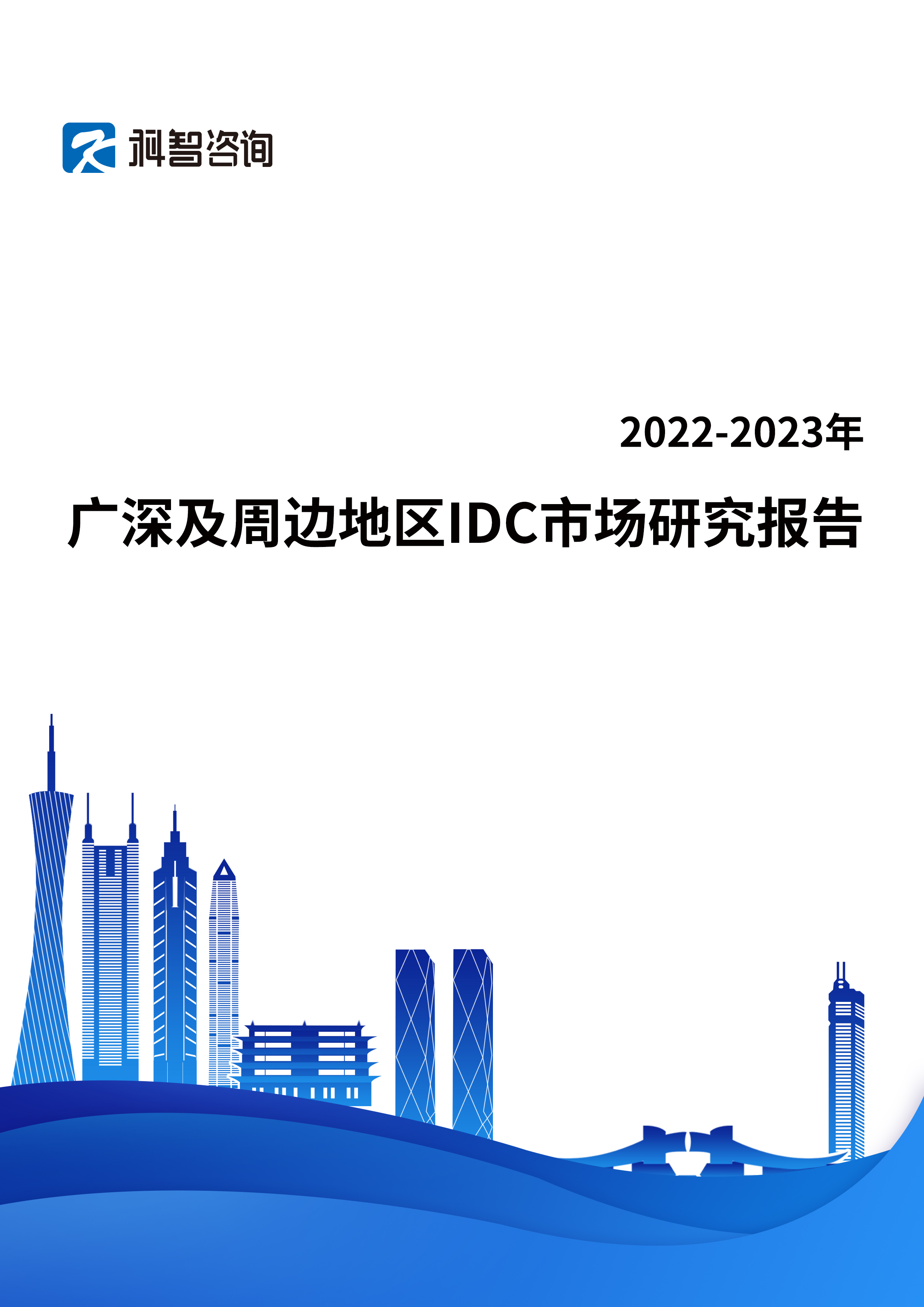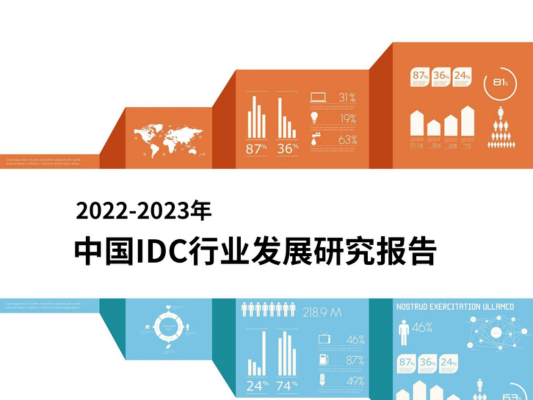Latin America’s Data Center Boom Gains Momentum
In 2025, Latin America has emerged as one of the most dynamic and fiercely competitive data center markets on the planet. Historically overlooked in favor of North America, Europe, and Asia-Pacific, the region is now at the center of a digital infrastructure renaissance. A combination of explosive cloud growth, AI-driven compute needs, fintech innovation, and sweeping regulatory changes has accelerated the region’s emergence as a critical hub for global hyperscalers.
Multinational cloud providers, regional telecom giants, and global private equity funds are collectively pouring billions into the region. New hyperscale campuses are breaking ground across Brazil, Chile, Mexico, Colombia, and Argentina, as demand for colocation, cloud regions, and edge deployments soars. Improved subsea connectivity, favorable government incentives, and a growing digital-first consumer base are creating one of the world’s fastest-growing data center markets. Latin America’s digital transformation has begun—and its infrastructure race is underway.
Why Latin America Is on the Radar Now
Explosive Cloud Adoption
The public cloud landscape in Latin America is expanding at unprecedented speed:
Microsoft Azure, Google Cloud, and AWS have launched multiple new regions in Brazil, Chile, and Mexico, with more under development in Colombia and Argentina.
According to industry forecasts, the Latin American cloud market is projected to grow at a compound annual growth rate (CAGR) exceeding 20% through 2028—one of the fastest globally.
The migration of enterprise workloads to SaaS platforms, coupled with local data sovereignty regulations and the modernization of legacy IT, is creating enormous colocation and interconnection demand.
Rising AI and Digital Content Demand
Latin America’s rapidly evolving technology sector is driving new compute requirements:
Brazil, Chile, and Argentina are leading the charge in AI research, edge AI deployments, and data science innovation.
Major content providers—including Netflix, Disney+, and local streaming giants—are expanding their edge presence to meet surging video consumption.
Gaming companies are deploying regional edge nodes to lower latency and enhance multiplayer experiences.
Favorable Economic and Regulatory Shifts
Several governments in the region are creating environments conducive to digital infrastructure growth:
Brazil, Chile, and Colombia are offering tax incentives, expedited permitting processes, and land grants for digital infrastructure projects.
Renewable energy expansion across regional grids aligns with hyperscaler sustainability goals, lowering both carbon footprints and energy costs.
Emerging Hotspots to Watch
São Paulo, Brazil
São Paulo remains the undisputed anchor of the Latin American data center ecosystem:
Home to the region’s most mature financial services and fintech sectors, driving substantial blockchain and high-frequency trading workloads.
A critical interconnection hub linking domestic markets and international subsea cables.
A robust ecosystem of local providers, global colocation giants, and hyperscaler-operated campuses.
Santiago, Chile
Chile’s capital has become a preferred launchpad for Southern Cone expansion:
Access to abundant, stable hydropower makes Santiago one of the region’s most attractive markets for carbon-neutral deployments.
Proximity to trans-Pacific and trans-Andean fiber routes improves connectivity to both Asia-Pacific and Argentina.
A politically stable and economically liberal environment further attracts international investment.
Queretaro, Mexico
Queretaro is rapidly evolving into Mexico’s premier data center cluster:
Its central location offers access to affordable power and close proximity to both Mexico City and Monterrey—the country’s key economic hubs.
U.S.-Mexico cross-border workloads, combined with the digitalization of the country’s manufacturing sector, are fueling capacity growth.
Streamlined permitting and economic incentives from the local government are attracting hyperscaler builds.
Bogotá, Colombia and Buenos Aires, Argentina
These emerging markets are quickly scaling up:
SaaS adoption is expanding beyond the enterprise, driving digital services growth across SMBs and the public sector.
Government cloud initiatives in both markets are fueling demand for in-country data sovereignty and compliance-focused deployments.
Local colocation providers are expanding campus footprints and forging partnerships with global cloud platforms.
Real Estate and Infrastructure Considerations
Power and Energy Markets
Latin America’s energy transition is a key enabler of its data center growth:
Renewables—including hydroelectric power in Chile and Brazil, wind energy in Argentina, and solar projects in Mexico—are improving the region’s energy mix.
Energy price volatility and limited grid capacity in rural areas require developers to carefully navigate site selection and energy procurement strategies.
Fiber and Connectivity
Connectivity is improving rapidly:
New subsea cables, such as EllaLink and the South America Pacific Link, are enhancing international connectivity between Brazil, the U.S., and Europe.
Domestic fiber networks are expanding across secondary markets, reducing latency and improving resilience across the region’s growing digital hubs.
Workforce and Permitting
Operational capacity is growing, though challenges remain:
Regional workforce training initiatives are improving technical skill sets, but skilled data center operations talent remains in short supply.
Permitting timelines vary widely—with Chile and Mexico offering streamlined processes, while Argentina and Colombia still face bureaucratic delays.
Latin America’s Time Has Come
Latin America has transitioned from a secondary market to a strategic growth region for global data center investors. The combination of rising local demand, global cloud expansion, and improving infrastructure has created the conditions for rapid digital infrastructure development.
The developers that secure power, scale quickly, and navigate the region’s unique regulatory and economic landscapes will shape the next decade of cloud, AI, and digital content growth across the continent.
With the real estate race heating up, the time to claim the next wave of Latin American data center hotspots is now.
Source: datacenters




